Each of Texas’s diverse regions—from the humid Gulf Coast to the arid West Texas landscapes—offers unique growing conditions, which can significantly influence planting choices. This comprehensive guide will explore the best plants to nurture in September across various categories and highlight their specific needs, temperature tolerances, and ideal planting times.
Vegetables To Plant
Texas is known for its agricultural resilience, and in September, gardeners can take advantage of cooler temperatures to plant various vegetables. Below are ten vegetables suitable for September planting, along with their characteristics and growing requirements.
Bell Peppers
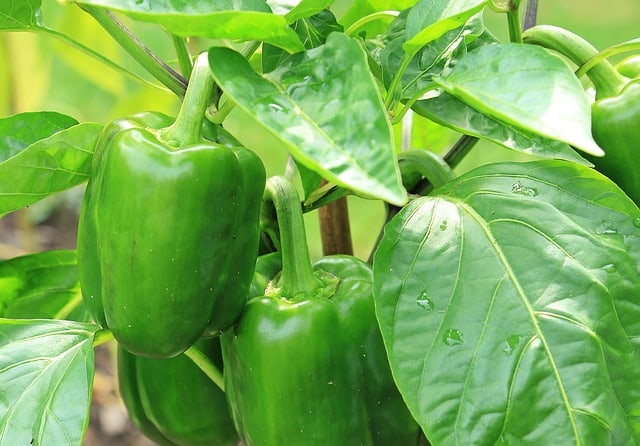
Bell peppers thrive in warm weather but can be planted in early September for a fall harvest, especially in USDA Hardiness Zones 8-9. Ideal soil temperatures should range from 70 to 85°F. For successful growth, select a location that receives full sunlight for about 6-8 hours a day. Bell peppers can tolerate short spells of cooler weather but are sensitive to frost. Make sure to harvest before temperatures dip below 50°F.
Spinach
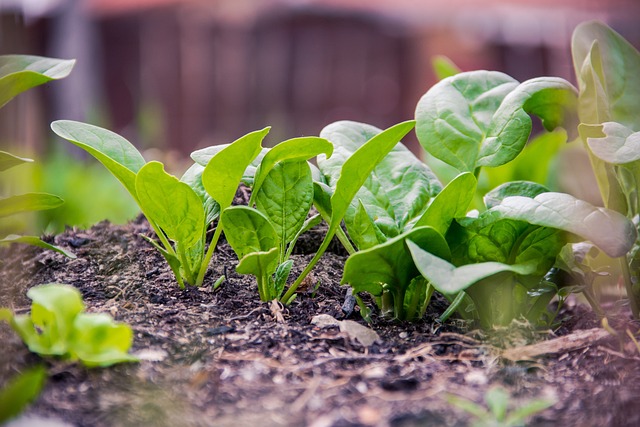
Spinach loves cooler temperatures, thriving in the mild weather characteristic of Texas in late September. Plant in Zones 6-9 about 6-8 weeks before the first frost to ensure a fruitful harvest before colder weather. Spinach prefers well-drained soil and a pH level between 6.0 and 7.0. It can tolerate light frosts, making it an ideal green for fall salads and cooking.
Broccoli

Broccoli can be planted in early September in most Texas regions, particularly in Zones 7-9, when soil temperatures average between 60 and 80°F. This cool-season crop grows best in full sun with rich, well-drained soil. Broccoli is surprisingly frost-tolerant, often thriving in temperatures as low as 20°F. Harvest the heads before they start to flower for optimum taste.
Carrots

Carrots can be planted from mid to late September in most Texas regions. This root vegetable thrives in cooler soil, preferably between 60 and 70°F. For optimal growth, choose loose, well-drained soil free of rocks. Carrots can handle light frost but should be mulched to protect them when temperatures start to drop below freezing.
Kale
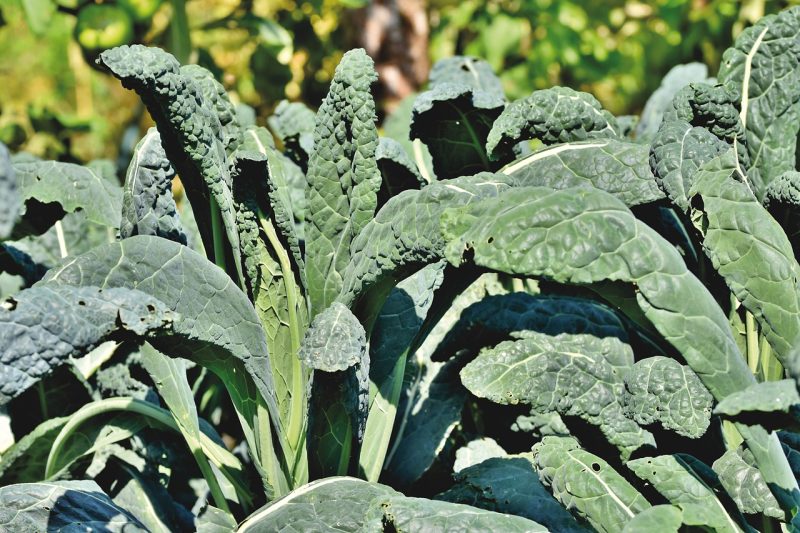
Kale is another leafy green that flourishes in the cooler temperatures of September, suitable for planting in most areas of Texas from mid to late September. This plant is remarkably hardy and can survive frost and even snow, making it a great choice for fall gardens. Fertile, well-drained soil with good sunlight exposure will produce thicker, sweeter leaves.
Radishes

Radishes can be planted from early to late September across most of Texas. They grow quickly, making them suitable for early fall gardening. They prefer daytime temperatures between 50 and 75°F, thriving in both light and partial shade. Radishes mature rapidly and can often be harvested just a few weeks after planting.
Lettuce

For a bountiful fall menu, plant lettuce varieties such as romaine or loose leaf from early to mid-September, especially in USDA Zones 7-9. Lettuce prefers cooler weather and will bolt (flower and go to seed) if planted too late in the season. Maintain consistency in watering, as lettuce likes moist soil but not waterlogged conditions.
Garlic
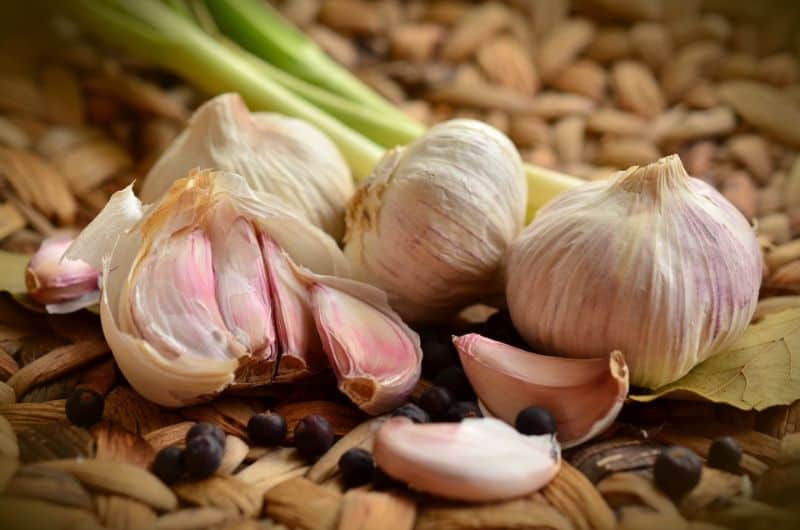
September is an ideal time to plant garlic in Texas, particularly in Zones 7-9. This perennial bulb will benefit from a longer established growing period before the winter months. Cloves should be planted about 2 inches deep in well-draining soil with plenty of sunlight. Garlic is resistant to colder temperatures and will produce a robust harvest by the following summer.
Parsnip

Parsnips can be seeded in late September, particularly in Zones 6-8, where temperatures start to cool down. They prefer a well-drained, fertile yet sandy soil and do well in sunlight. Unlike many root vegetables, parsnips actually taste sweeter after a frost. However, they do require immediate planting as they don’t transplant well.
Swiss Chard

Swiss chard is a hardy green that can be planted in September across most parts of Texas, especially in USDA Zones 7-9. This versatile vegetable can tolerate light frost and prefers well-drained soil enriched with organic matter. Swiss chard can produce continuously once harvested, making it great for both salads and cooked dishes.
Flowers To Plant
September is an excellent time to add a splash of color to your Texas garden. This transition month provides suitable weather for planting a variety of beautiful blooms that will flourish in the upcoming cooler months. Here are ten flowers to consider planting this September.
Mums (Chrysanthemums)
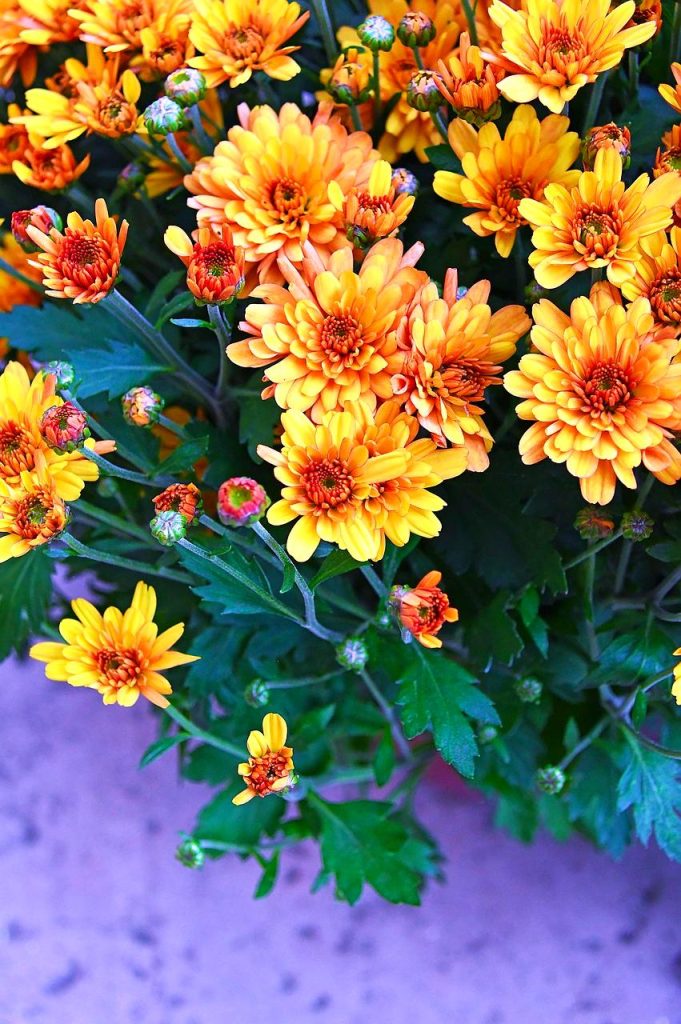
Mums are a quintessential fall flower, abundant in colors and shapes. Plant them in well-drained soil with plenty of sunlight. Septembers in Texas, particularly in Zones 7-9, create the perfect conditions for these perennials to bloom. Mums can withstand lower temperatures and are also known to attract pollinators, making them a beneficial addition to gardens.
Pansies

Pansies are hardy and can be planted in early to mid-September across most of Texas. They thrive in cooler conditions and prefer well-drained, fertile soil. With temperatures ranging from 60 to 70°F ideal for growth, pansies will bloom profusely through fall and even into early spring, offering vibrant petals.
Snapdragons
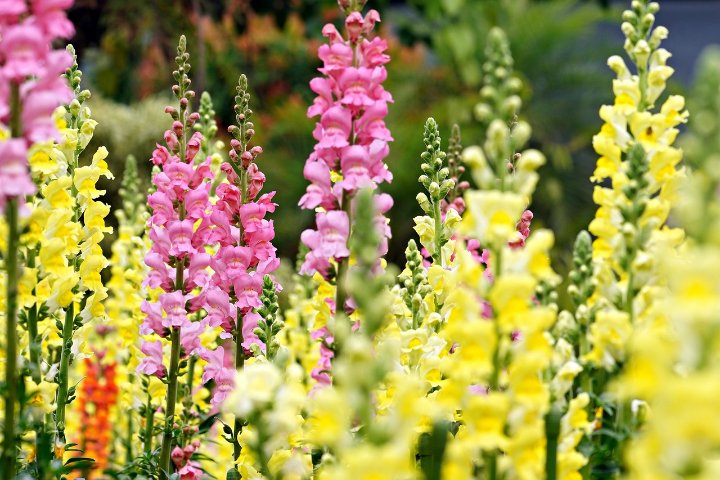
Snapdragons are perfect for September planting, particularly in Zones 7-9. They can withstand cooler temperatures allowing them to bloom into the winter months. Plant in well-draining soil and provide good sunlight exposure. Snapdragons are ideal as border plants or as part of mixed landscapes for stunning vertical interest.
Asters
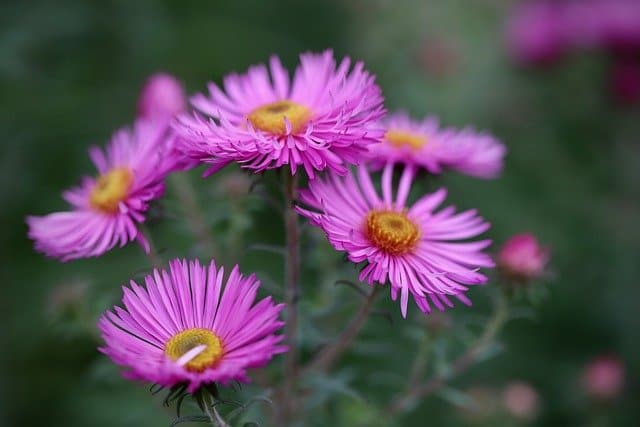
Asters add brilliance and late-season color to any garden. Ideal for planting in late September, they thrive in Zones 7-9 in well-drained soils with full sun. These perennials are not only beautiful but also attract butterfly species, and their hardiness allows them to survive occasional frost.
Calendula
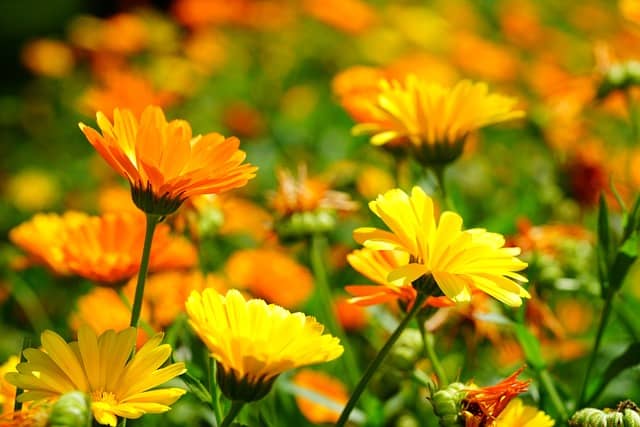
Calendula is an easy-to-grow flower that thrives when planted in Zones 7-9 from mid to late September. They do well in sunny locations with well-drained soil. Known for their vibrant orange and yellow blooms, calendulas thrive in cooler seasons and can self-seed for added volatility in your garden.
Texas Bluebonnet
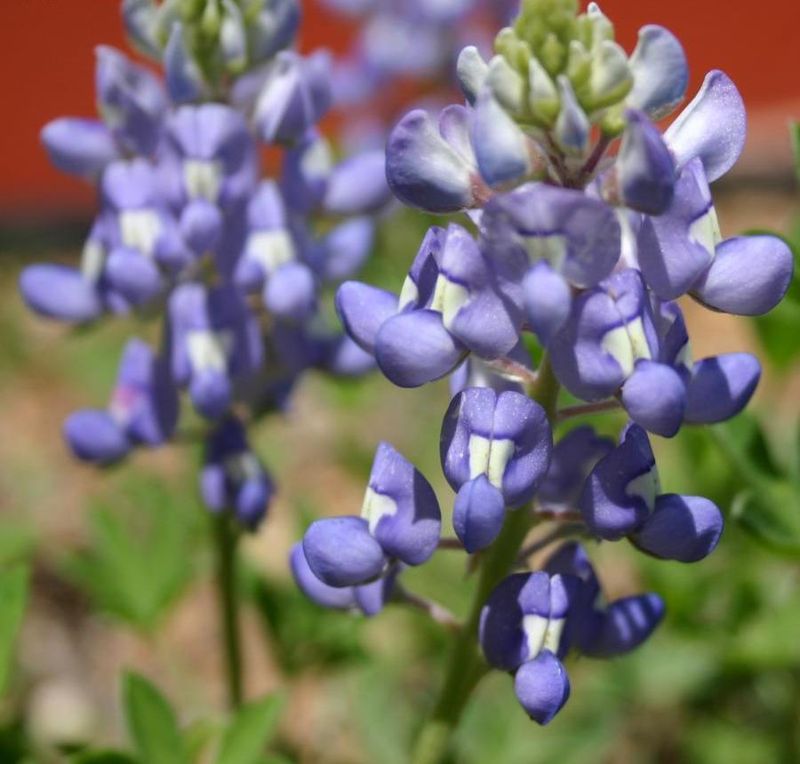
As the state flower of Texas, Bluebonnets can be planted in the fall for spring blooms. Plant the seeds in well-draining soils in late September to early October. They require full sun exposure and offer a breathtaking show of blue in spring, making them a must-have for Texas gardens.
Dianthus
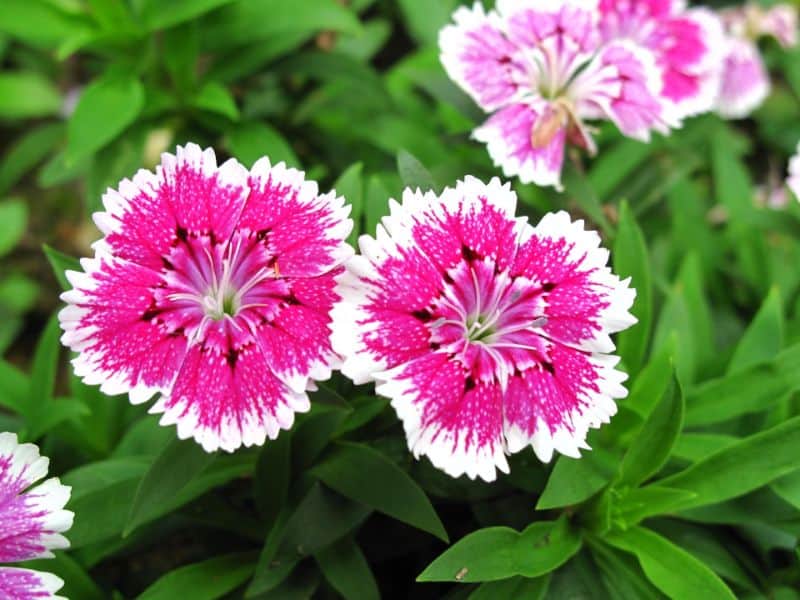
Dianthus, also known as “pinks,” can flourish with a September planting. Found in Zones 7-9, they demand well-drained soils and at least 6 hours of sunlight daily. They bloom in a variety of colors and their fragrant blooms attract pollinating insects to your garden—a lovely touch for any landscape.
Marigolds

Marigolds are fast-growing flowers ideal for planting in September. They thrive in well-drained soil and can handle Texas’s mild fall temperatures. Often used to deter pests, marigolds not only add color but also play a functional role in maintaining garden health.
Ornamental Cabbages and Kales
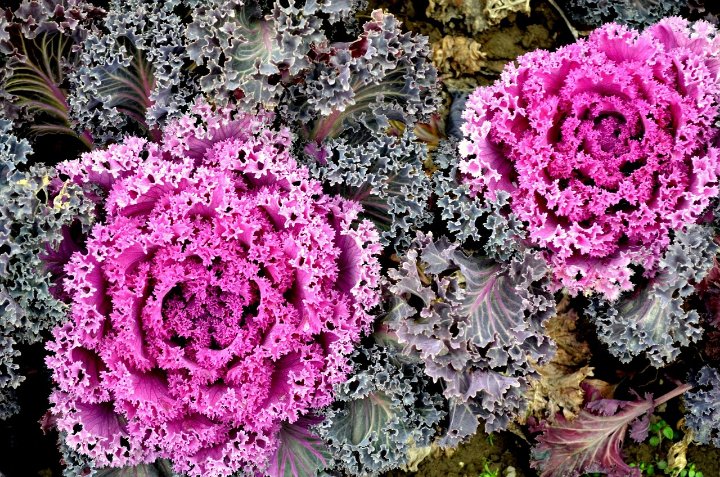
Adding ornamental cabbages and kales to your garden can create a stunning autumn display. These robust plants can handle the cooler temperatures of September and can survive light frosts. Plant them in areas where they will receive full sun to maintain their vibrant colors throughout the season.
Zinnias
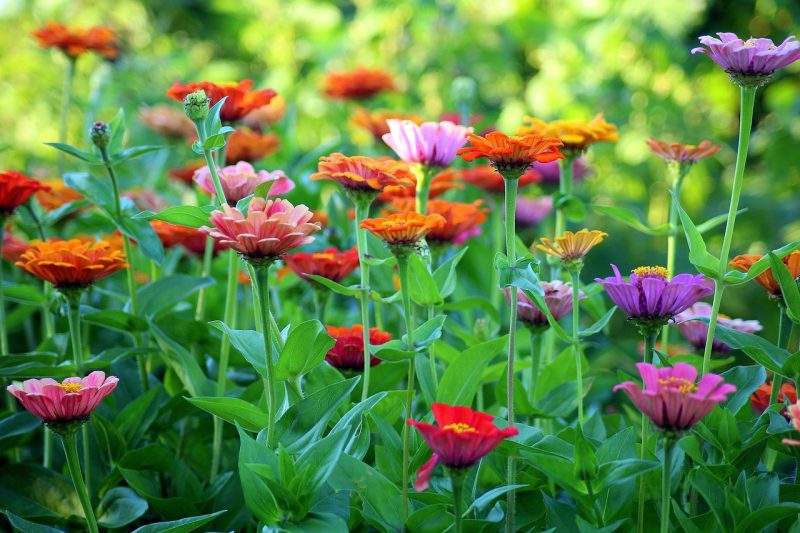
Zinnias can be sown as the summer sun begins to wane. These annuals prefer full sun and will flourish when planted in September, area around Zones 7-9 is ideal. Known for their hardiness, these flowers can withstand a fair amount of drought and add breathtaking color to perennial beds.
Herbs To Plant
Herbs are invaluable in the kitchen and the garden, offering scents, flavors, and medicinal properties. September is an ideal time to plant a variety of herbs in Texas, as they can thrive in the cooler temperatures of fall. Below are ten herbs suited for planting this month.
Basil
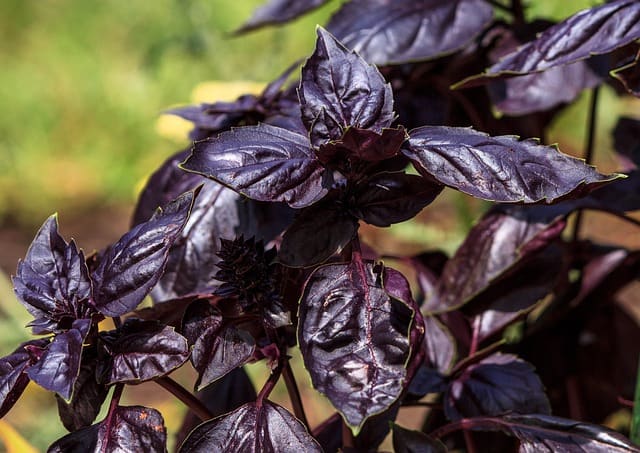
While basil typically prefers warm weather, in some regions of Texas, it can still be planted in early September to achieve a late harvest. It thrives best in temperatures ranging between 70 to 80°F. Basil prefers full sun for about 6-8 hours daily and should be watered regularly to keep the soil moist but not soggy.
Oregano

Oregano is perfect for September planting, particularly in Zones 7-9. This resilient herb prefers full sun and well-drained soil. Oregano can tolerate some frost but is best harvested before winter’s full onset. It’s a perennial that will come back year after year, adding richness to sauces and soups.
Chives
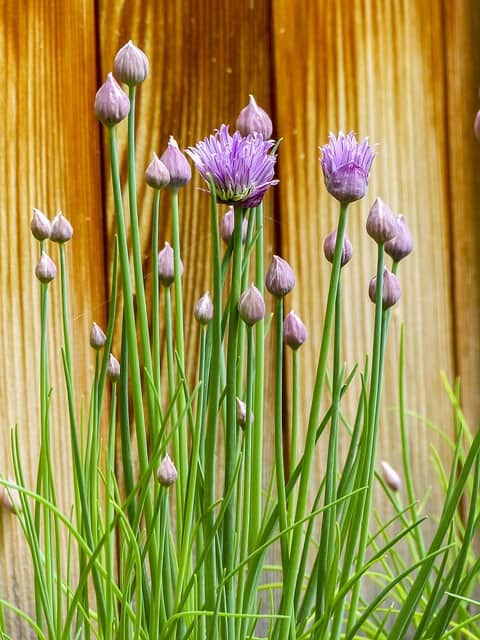
Chives are an excellent choice for fall planting in Texas and can even withstand frost. They thrive best in cooler conditions with well-drained soil and can perform admirably in both sun and partial shade. These hardy herbs can be harvested continuously, offering fresh flavor for salads and garnishes.
Thyme
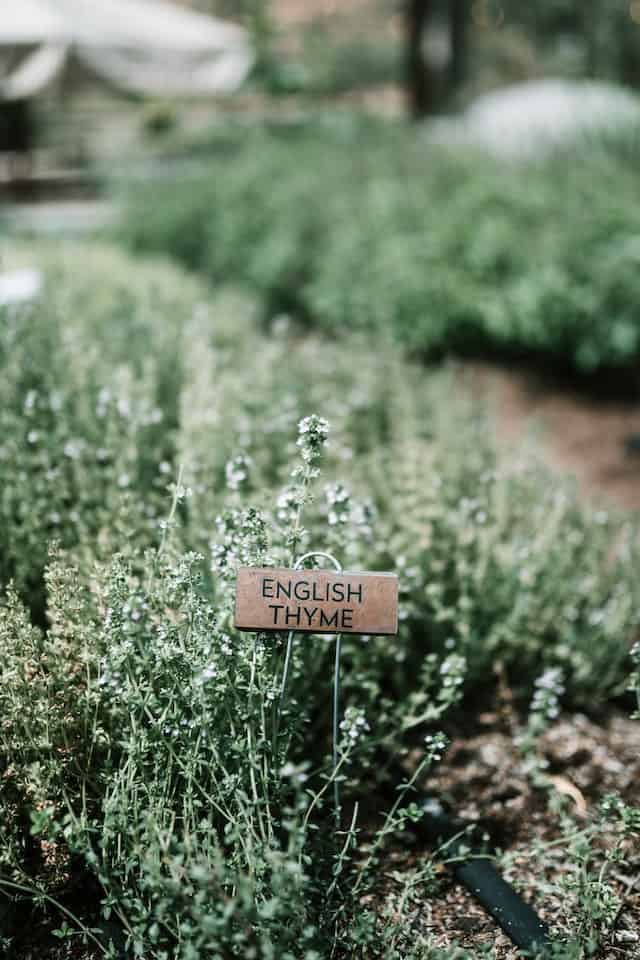
Thyme is a wonderful herb for planting in September, particularly in the earlier part of the month. This hardy perennial can survive colder temperatures, favoring well-drained soil and sunny spots. Thyme is drought-tolerant once established and can be harvested throughout the fall and winter.
Cilantro

Ideal for planting in the cooler temperatures of September, cilantro can grow well in Zones 7-9. It thrives in well-drained soil and benefits from some shade during the hottest part of the day. Cilantro grows quickly and can be harvested several times during its life cycle—add it generously to salsas and salads!
Dill
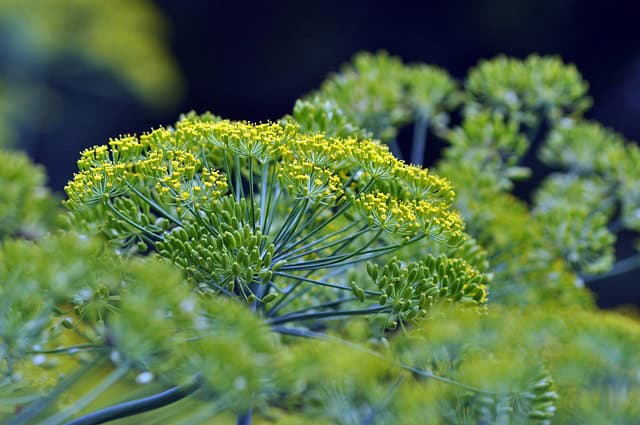
September planting of dill allows it to establish before the cooler weather sets in. Though it’s an annual herb, dill thrives in well-drained soil and prefers full sunlight. Dill offers symmetry and height to a herb garden and is known for attracting beneficial insects.
Mint
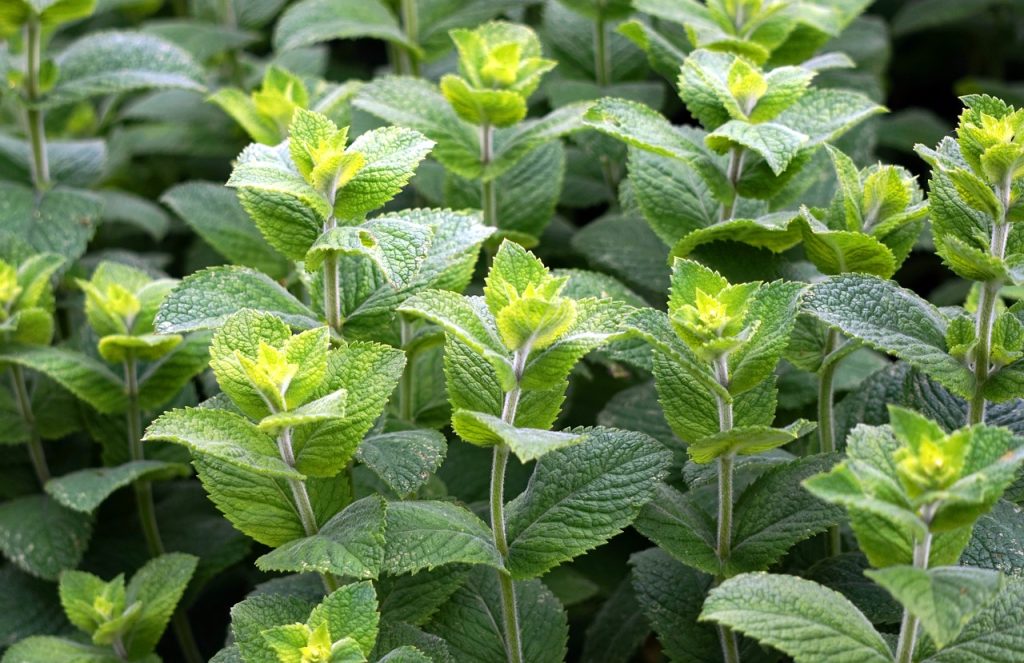
Fall is an ideal time to plant mint because it prefers cooler weather and can tolerate light frosts. Mint is highly invasive, so planting it in pots or confined spaces is recommended. Well-drained soil, regular watering, and sunny spots will produce lush, fragrant leaves ideal for teas and garnishes.
Sage

Sage can be planted in September across most of Texas regions. This hardy herb prefers well-drained soil and full sunlight but is drought-resistant once it’s established. Sage’s aromatic leaves add a distinctive flavor to many dishes and can survive even when temperatures dip slightly.
Rosemary

While rosemary is a perennial herb that can grow year-round in warmer areas, September offers an excellent opportunity to plant new varieties. It prefers well-drained soil and requires around 6-8 hours of sunlight daily. Although rosemary isn’t frost-tolerant, proper placement and care ensure its survival through cooler months.
Tarragon
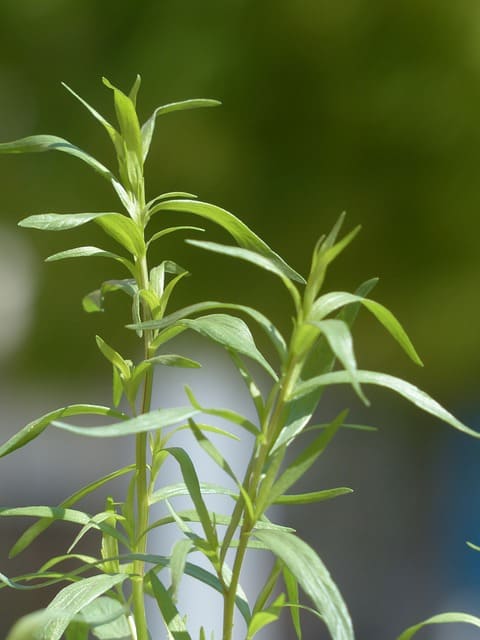
Planting tarragon in September allows it to establish before winter in USDA Zones 7-9. It flourishes best in well-drained, sandy soil with ample sunlight. Tarragon has a distinctive anise flavor, making it a wonderful addition to dressings and sauces.
Landscape Plants To Plant
A well-planned landscape can increase property value and provide beauty and shade for years to come. September is an excellent month for planting trees and shrubs in Texas, as ample fall rains can help establish the root systems. Below are ten landscape plants to consider planting.
Red Maple (Acer rubrum)
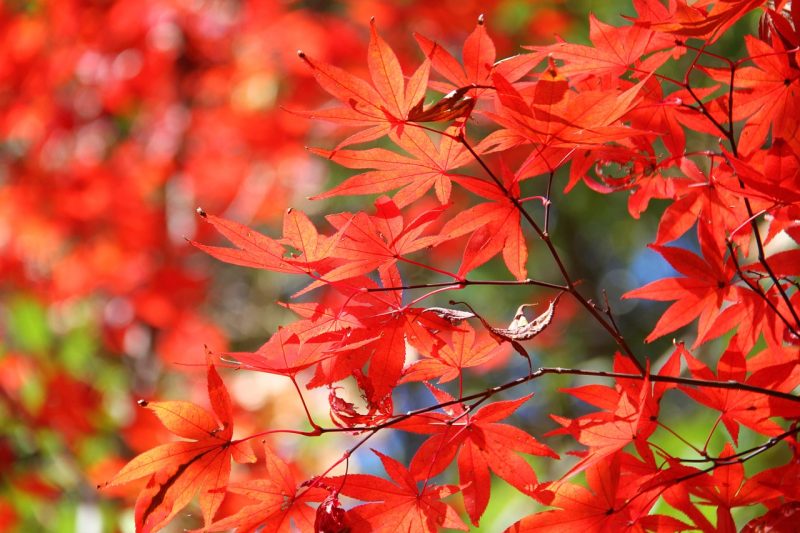
September is a great time to plant red maple trees, especially in Zones 6-9. These deciduous trees thrive in various types of soil but prefer slightly acidic, well-drained conditions. They boast stunning red foliage in the fall and provide ample shade during the hotter months. Red maples can withstand mild frost, making them an excellent choice for Texas landscapes.
Live Oak (Quercus virginiana)

The live oak is well-suited for Texas and should be planted in September to take advantage of fall rains. These native Texas trees can grow to impressive heights and provide excellent shade. Live oaks are heat and drought-tolerant, establishing robust root systems when planted early in the season.
Crepe Myrtle (Lagerstroemia indica)
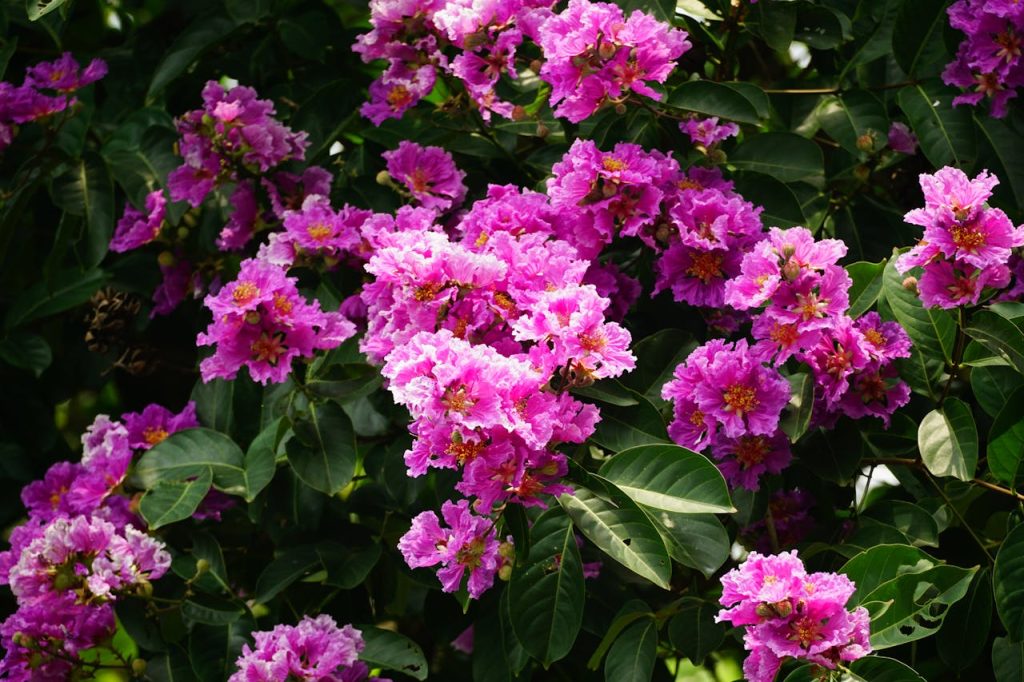
Crepe myrtles are vigorous plants often used in Texas landscaping for their vibrant summer blooms. September is the ideal time to plant these shrubs, as they prefer warmer soil to get established. This adaptable plant thrives in full sun and can tolerate some drought once rooted.
Mexican Feather Grass (Nassella tenuissima)
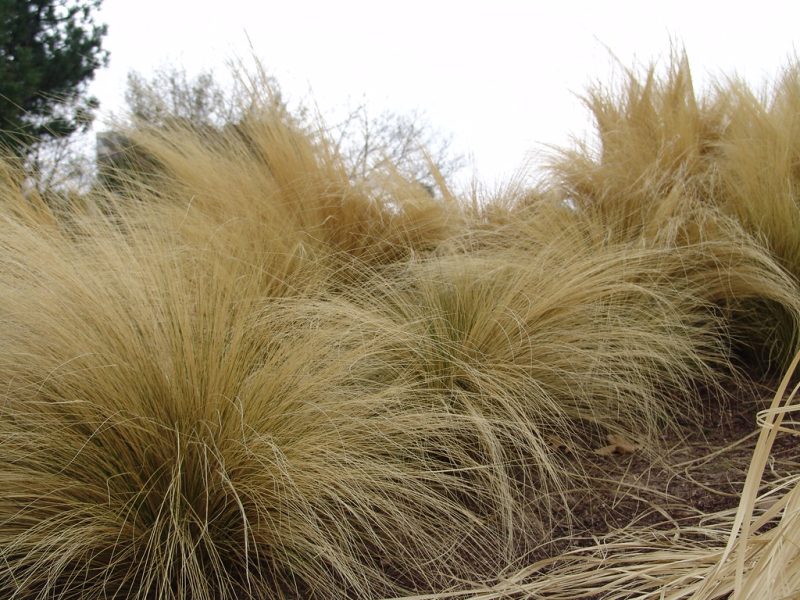
Mexican feather grass is a drought-tolerant ornamental grass that thrives when planted in Zones 8-9 in September. Preferring well-drained soils and full sun, this decorative grass adds texture and movement to the landscape. It is resistant to both drought and heat, making it ideal for rock gardens.
Texas Sage (Leucophyllum frutescens)

Texas sage is another native option perfect for low-maintenance gardens in Zones 8-9. It thrives in well-drained soils and can withstand drought conditions, requiring minimal irrigation once established. Planting in September allows these shrubs to acclimate before the cold front begins, and their beautiful violet flowers are a delight for both gardeners and pollinators.
Eastern Redbud (Cercis canadensis)
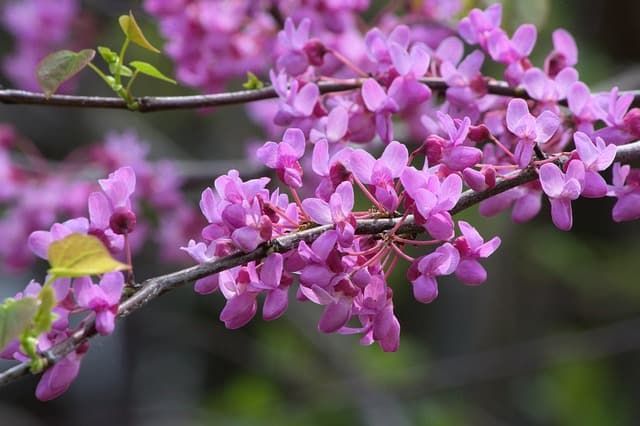
Eastern redbuds are striking flowering trees that make for a stunning focal point in any landscape. Suitable for Zones 6-9, redbuds flourish in well-drained soils and full sunlight. Planting in September allows the tree to establish its root system efficiently, leading to beautiful spring blossoms.
Lantana
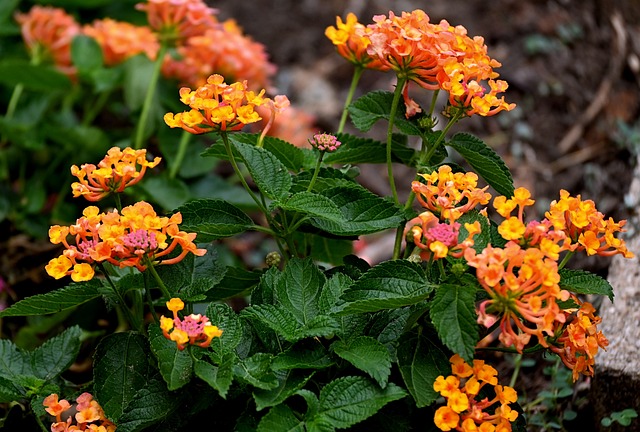
Lantana is a durable, drought-resistant shrub that adds vibrant color to any Texas garden. September planting helps stimulate growth before cooler temperatures set in, and this hardy plant is excellent for attracting butterflies and hummingbirds. Plant in well-drained soil and in full sun for maximum blooming potential.
Hollies (Ilex spp.)
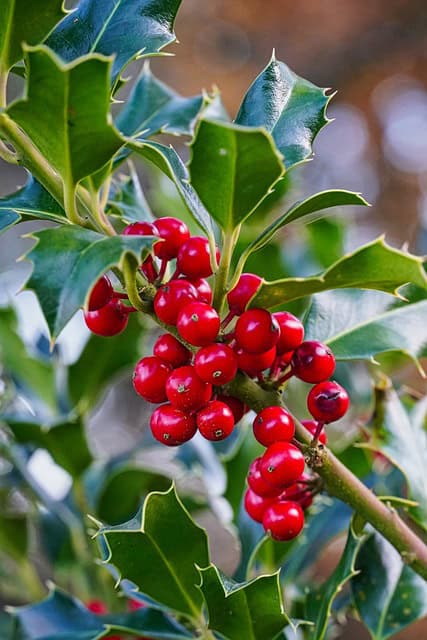
Hollies are fantastic evergreen landscape plants that offer year-round greenery and beautiful berries in the fall. They adapt well to different soil conditions and light situations, thriving in Zones 6-9. Planting hollies in September allows their roots to establish before winter dormancy.
Yaupon Holly (Ilex vomitoria)
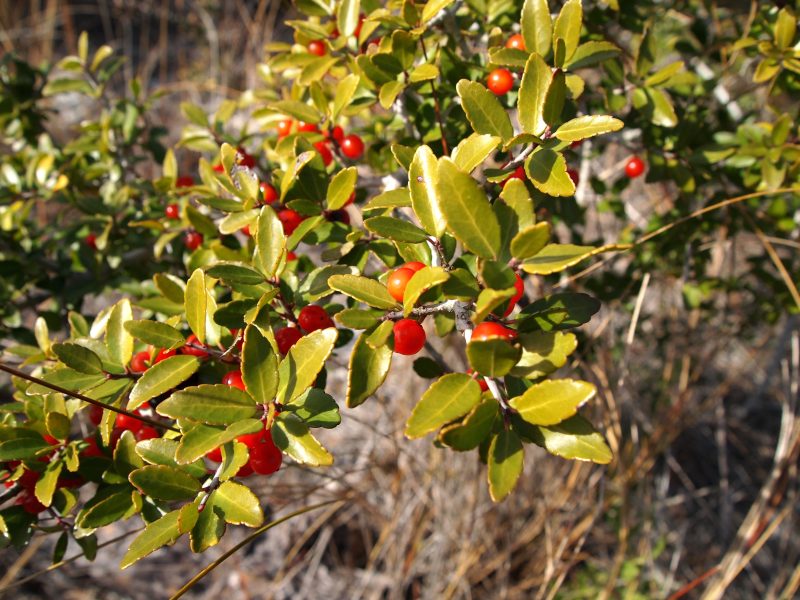
The yaupon holly is a Texas native shrub that can handle varying soil types. Planting in September ensures it gets rooted before colder weather begins. This evergreen shrub produces attractive red berries and is highly valued for its resistance to drought and heat. They also provide food and habitat for local wildlife.





